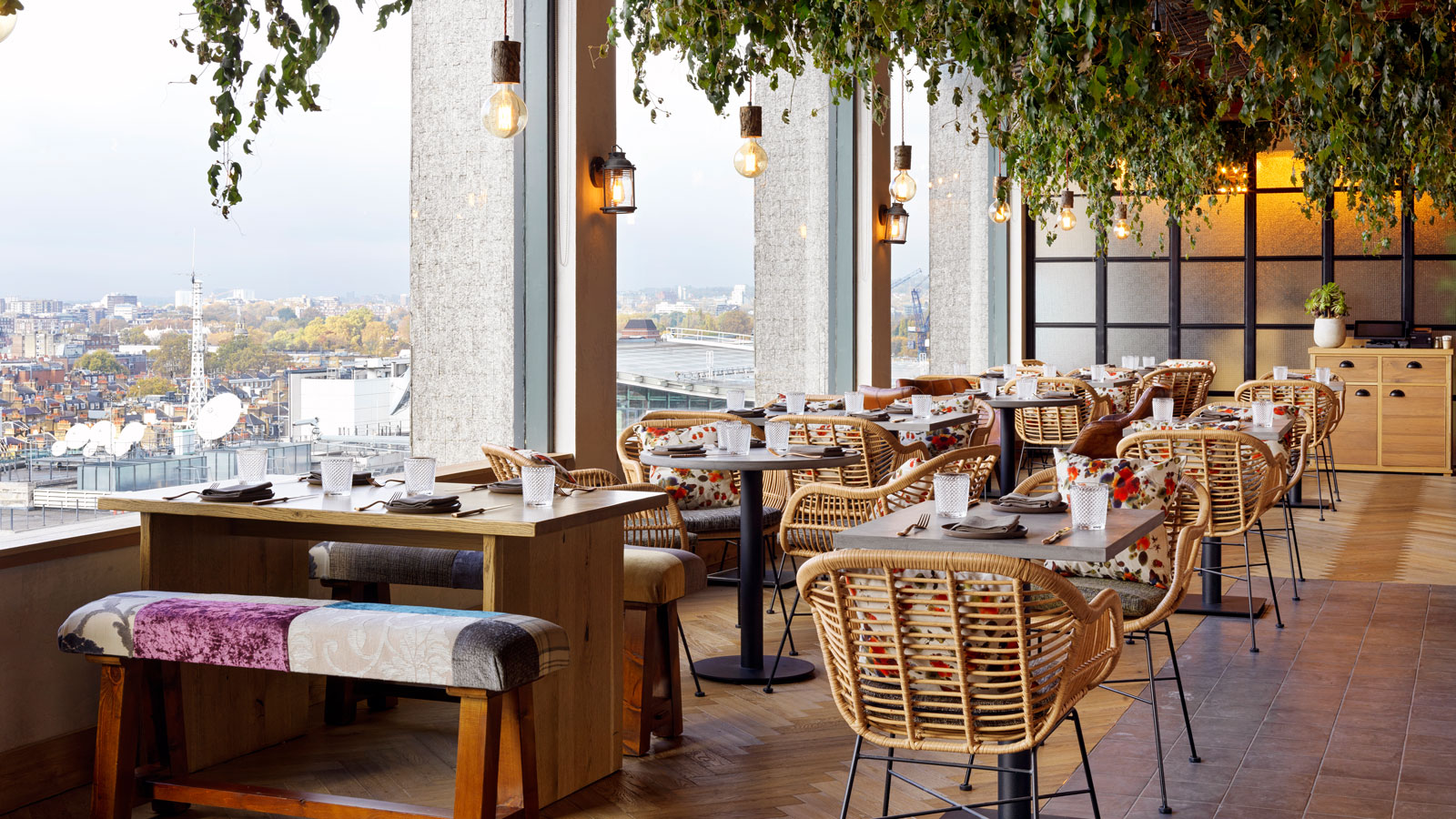On current nighttime on the James Beard House in New York City, guests decked out in fine dining apparel amassed for an intimate dinner party. The James Beard Foundation had once again invited its contributors to experience cocktails, meals, and wine even as mingling with the makers themselves. However, what made this night meal one of a kind become that the important thing speaking point— terpenes (more on that later)—was something about which this group of seasoned foodies knew very little. And what made it memorable became that a leading voice inside the culinary enterprise showcased how cooking with hashish can raise delicacies even inside the absence of a high.
Though it takes plenty of moving components to assemble an eating place, hashish has the rare possibility to create sweeping adjustments throughout the complete hospitality enterprise. The incorporation of hashish products into the eating room, given its committed fan base, may have a serious financial impact on an eating place’s backside line, which affects the eating experience. The National Restaurant Association these days launched a file locating that almost 77% of cooks surveyed selected drinks and meals infused with hashish and cannabidiol (CBD) as the top two traits inside the enterprise for 2019. However, earlier than restaurants and guests can officially include this plant without fear of retribution, federal and kingdom officials will have to agree on a plan—a technique that has demonstrated up to now to be extremely complex.

The law (as of nowadays)
It’s unsettling to suppose the meal you’re ingesting ought to have you ever getting into a plea by way of the quiet of the night, but the legality of consuming hashish is a topic of debate. According to the Controlled Substances Act (CSA), the United States Drug Enforcement Administration (DEA), by the Controlled Substances Act (CSA), presently classifies marijuana—the dried leaves, flora, stems, and seeds from the hemp plant cannabis sativa—as an illegal, Schedule 1 drug. Schedule 1 drugs are labeled as “capsules with no currently customary scientific use and a high capacity for abuse.” Though cannabis is made out of many different chemicals, delta-nine-tetrahydrocannabinol (THC) is the only one that has made the plant supply of controversy due to its thoughts-changing houses.
Because of this, federal and national governments have exclusive legal guidelines concerning using medical and leisure marijuana. While marijuana is taken into consideration as an unlawful substance by way of the federal authorities, states have exceeded legal guidelines that have legalized the drug for each medical and recreational use. 11 states and the District of Columbia have legalized marijuana for recreational use, with 33 states legally approving marijuana for medical use.
However, because federal regulation overrides kingdom law, hashish intake isn’t always without the non-public threat. Even in states like Maine, which have legalized hashish for recreational use, there had been bans instituted by nation fitness departments on shops selling food made with CBD—one of the many non-psychoactive components of cannabis—because of health issues.
Despite the conflicting viewpoints and developing pains, there seems to progress in clearing up this grey location. The passage of the 2018 Farm Bill Act using the federal authorities legalized hemp production, a cannabis varietal that has much less than zero.3% THC. The act additionally multiplied hemp cultivation widely outside of educational pilot applications and allows for the transfer of hemp-derived merchandise throughout nation lines for industrial functions.
Perhaps most significantly, the brand new regulation no longer restricts the sale, transportation, or possession of hemp-made products so long as they had been produced according to the law. This version offers a starting point for farmers, vendors, and hospitality specialists to construct a food machine completely in compliance with each country and federal regulation. So while we look ahead to the government to figure it all out for hashish, we may also properly determine what we’re having for dinner, which means taking a look at what an actual menu may look like.
While cooks and servers are no strangers to explaining components and guidance techniques to visitors, adding hashish to the menu will require extra conversations. For Chef Holden Jagger, the chef behind the James Beard dinner “An Exploration of Terpenes,” that meant breaking matters all the way down to the molecular degree.
“The great issue about terpenes is that every single bar and eating place in America is already using them and doesn’t even know it,” says Rachel Burkons, Jagger’s sister and co-founding father of the hashish-focused hospitality group Altered Plates. “Terpenes are aromatic molecules liable for flavor and aroma in a wide style of culmination and botanicals, consisting of prevalent substances. They are also answerable for the taste and aromas of cannabis, and blended with a particular range’s cannabinoid content, can manual the ‘revel in’ of a specific range.”













